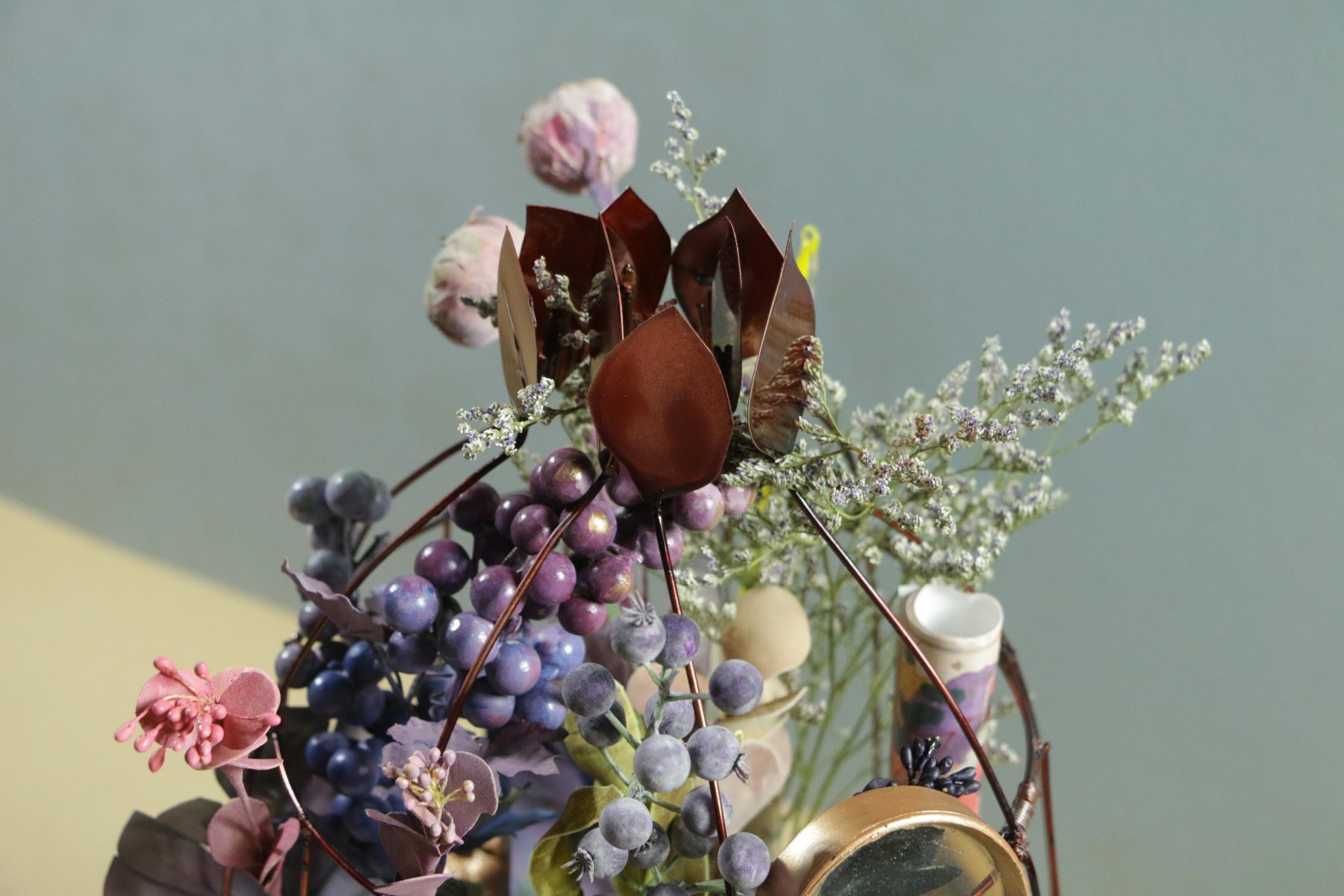

Laura Charlton
She has a very interesting monoprint style that I really like. She uses old boxes, opens them and monoprints them. The monoprints she creates reminds me of buildings or machines.
I followed her style and started playing with the ink I use (Chinese ink or acrylic paint), the amount of paint I use and the area where I apply the paint. This will give me different styles and effects.
ANDREA PRAMUK
Beautiful artworks by Andrea Pramuk. They give me this dreamy feeling.
“This work might remind you of the earth and its elements: cloud formations, the cosmos, geological formations and the vastness of the ocean. Always conscious of my surroundings, body, environment and art become a natural extension of the other, symbiotically. The resulting ephemeral imagery has a certain weightlessness and fragility about it that I find endlessly compelling and meaningful.” -Andrea Pramuk
Cameron Robbins
The Wind Drawing Machines are installed in different locations to receive weather energy and translate it into an abstract format of ink drawings on paper.
A physicist from the Bureau of Meteorology has described these wind drawings in mathematical language as ‘phase-space diagrams’.
The drawing machines are instruments. More like clarinets and pianos than compasses or set squares, they must be maintained, practiced, and performed to produce work that communicates.
Sol Lewitt
Sol Lewitt is most often celebrated for his innovation and merging of the minimalist and conceptual art movements.
His belief in the artist as a generator of ideas was instrumental in the transition from the modern to the postmodern era. Conceptual art, expounded by LeWitt as an intellectual, pragmatic act, added a new dimension to the artist’s role that was distinctly separate from the romantic nature of Abstract Expressionism
